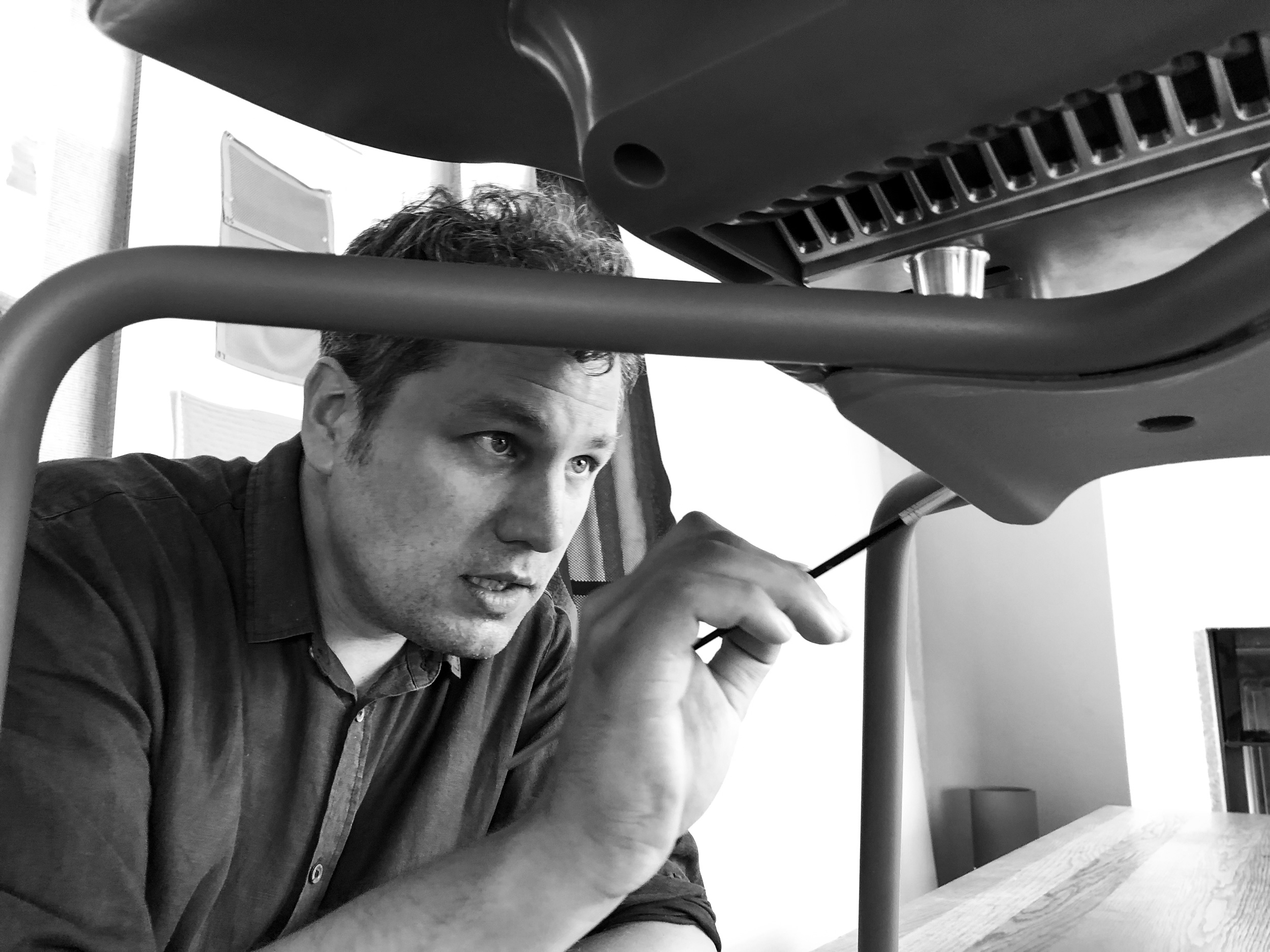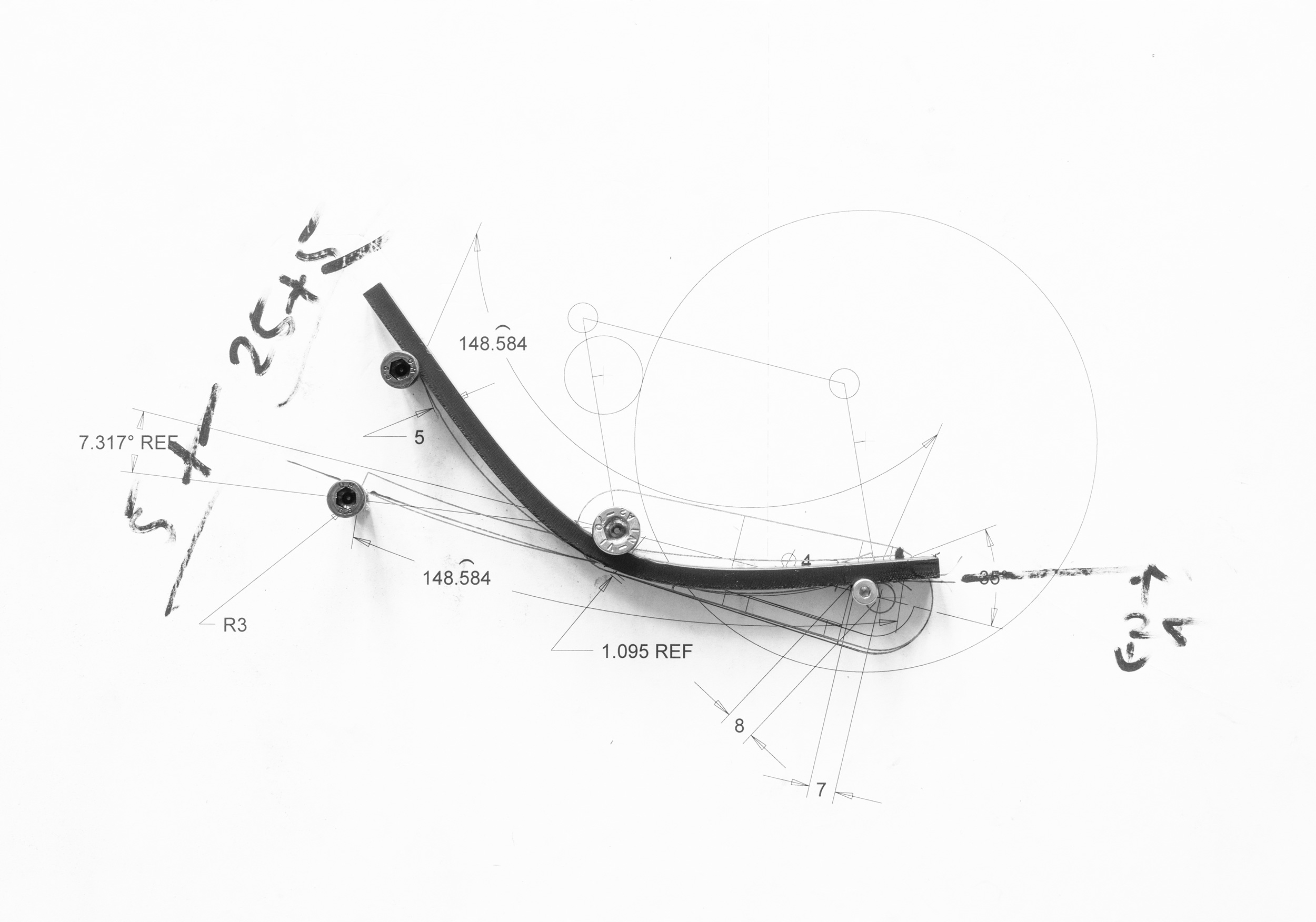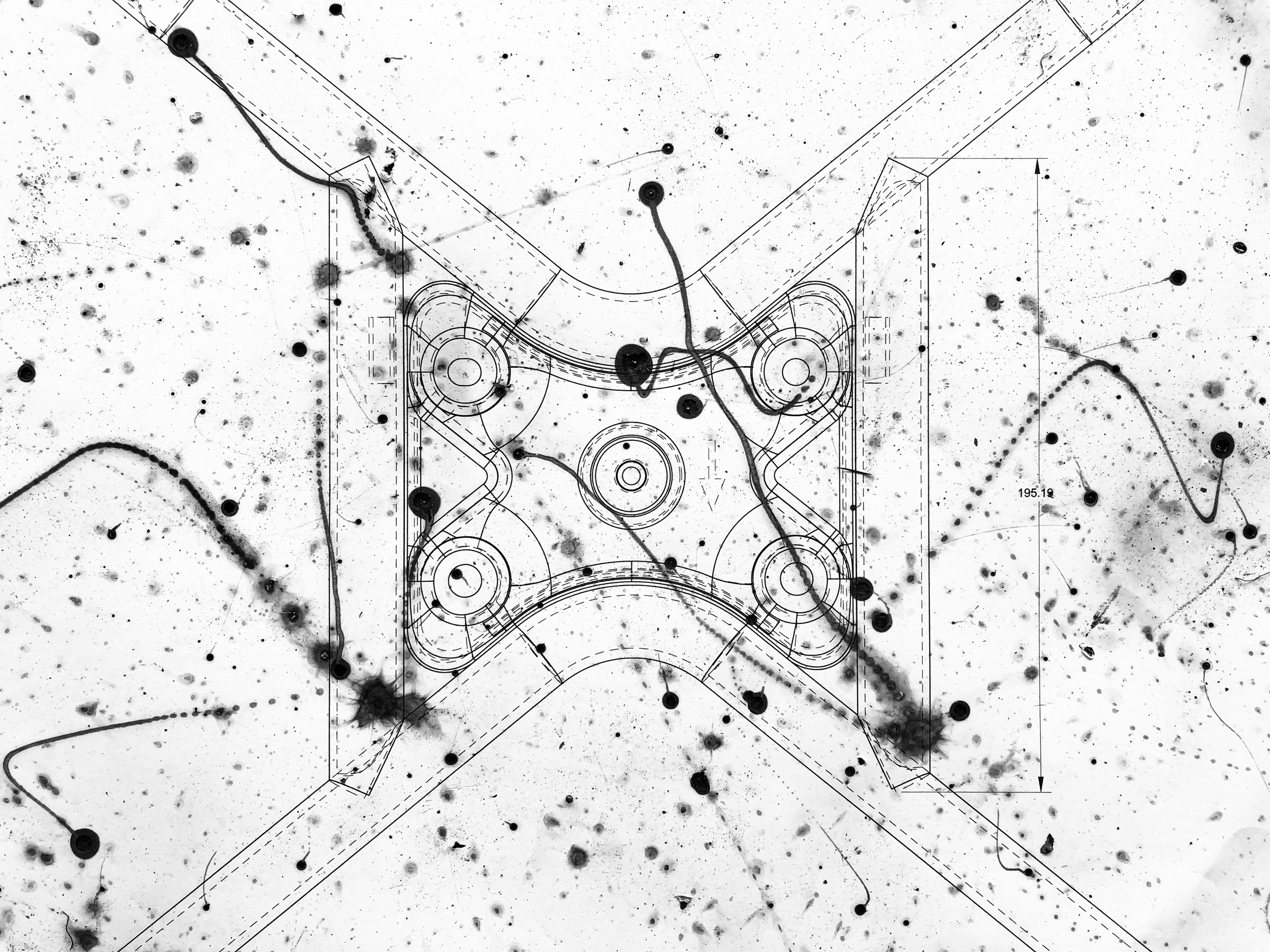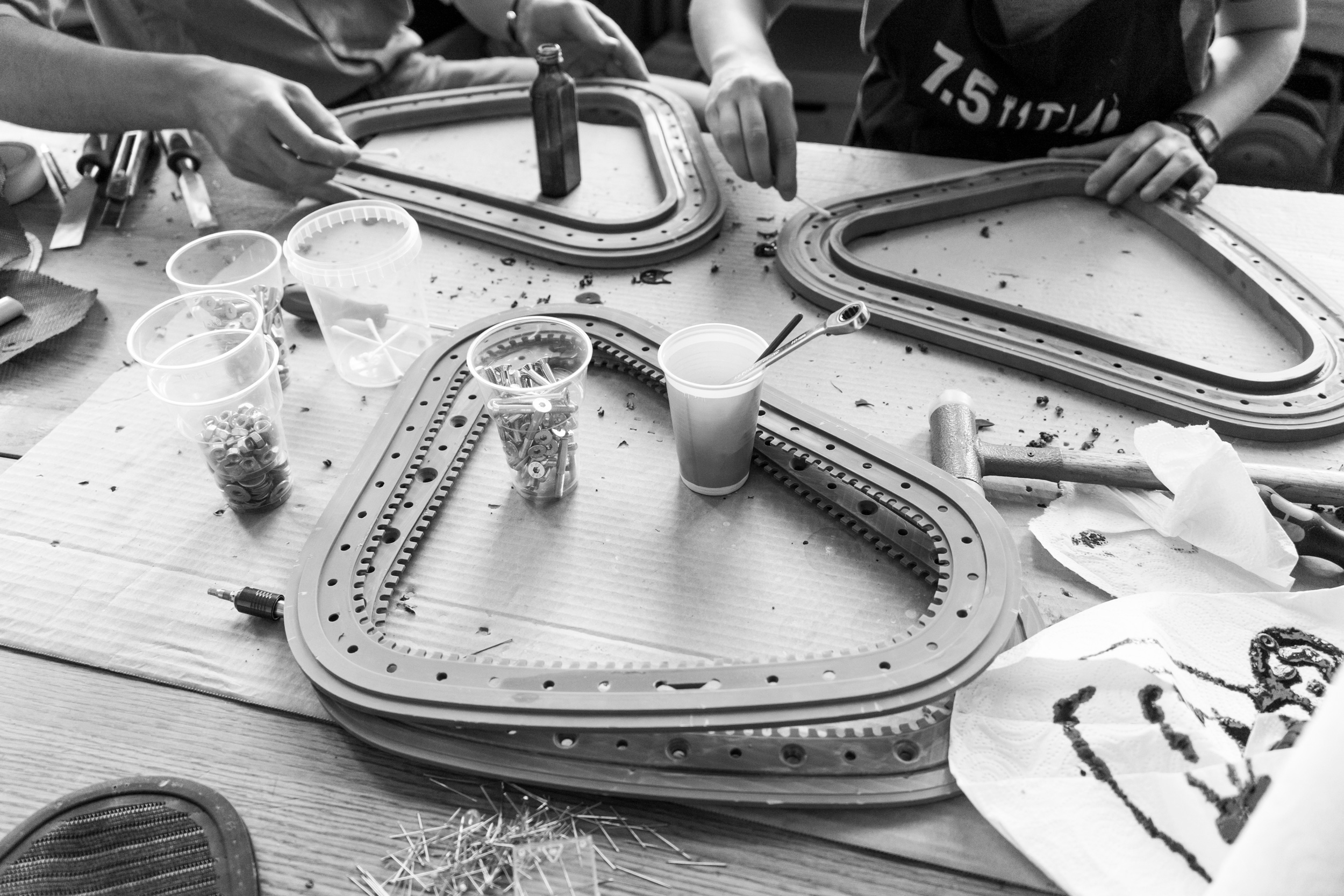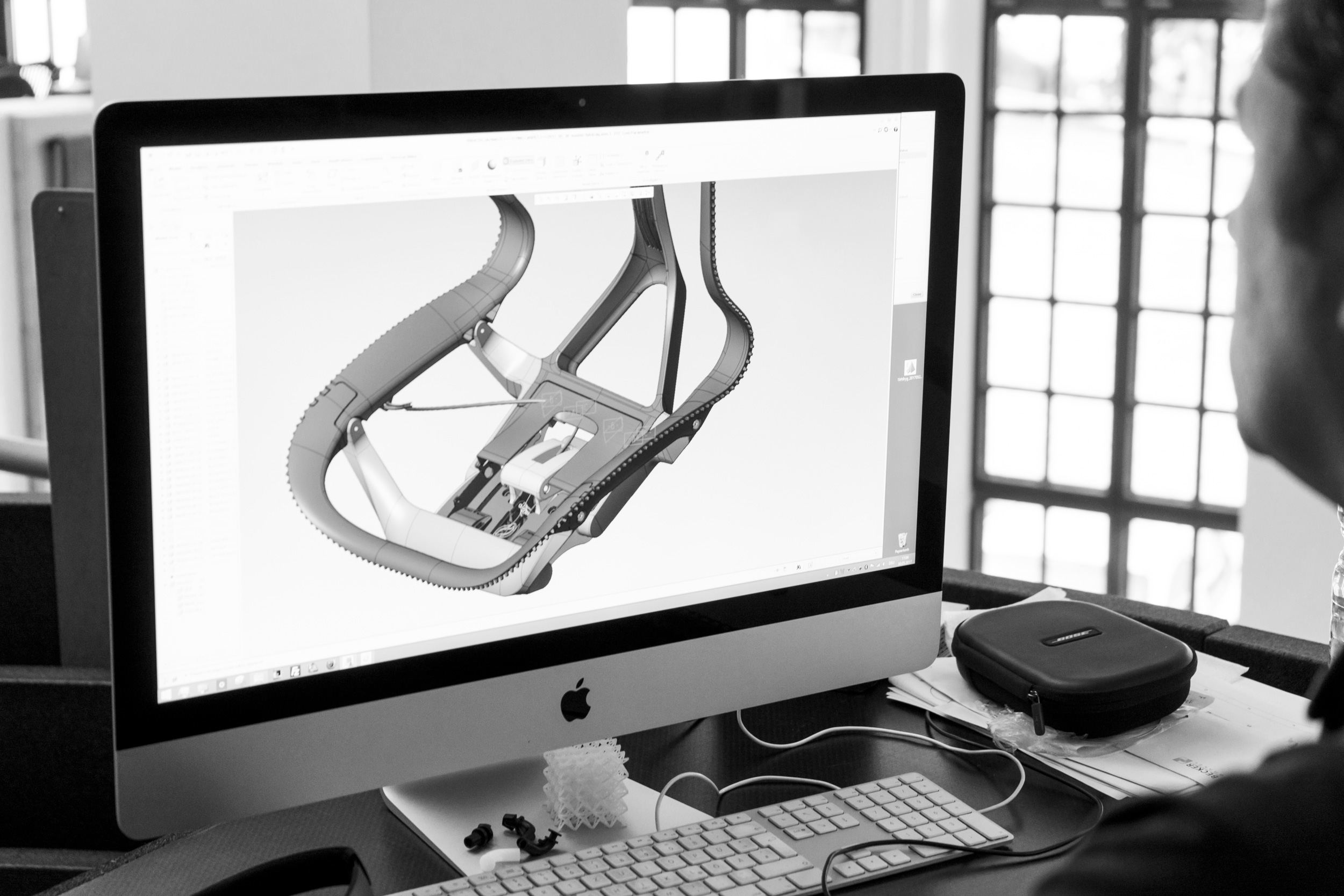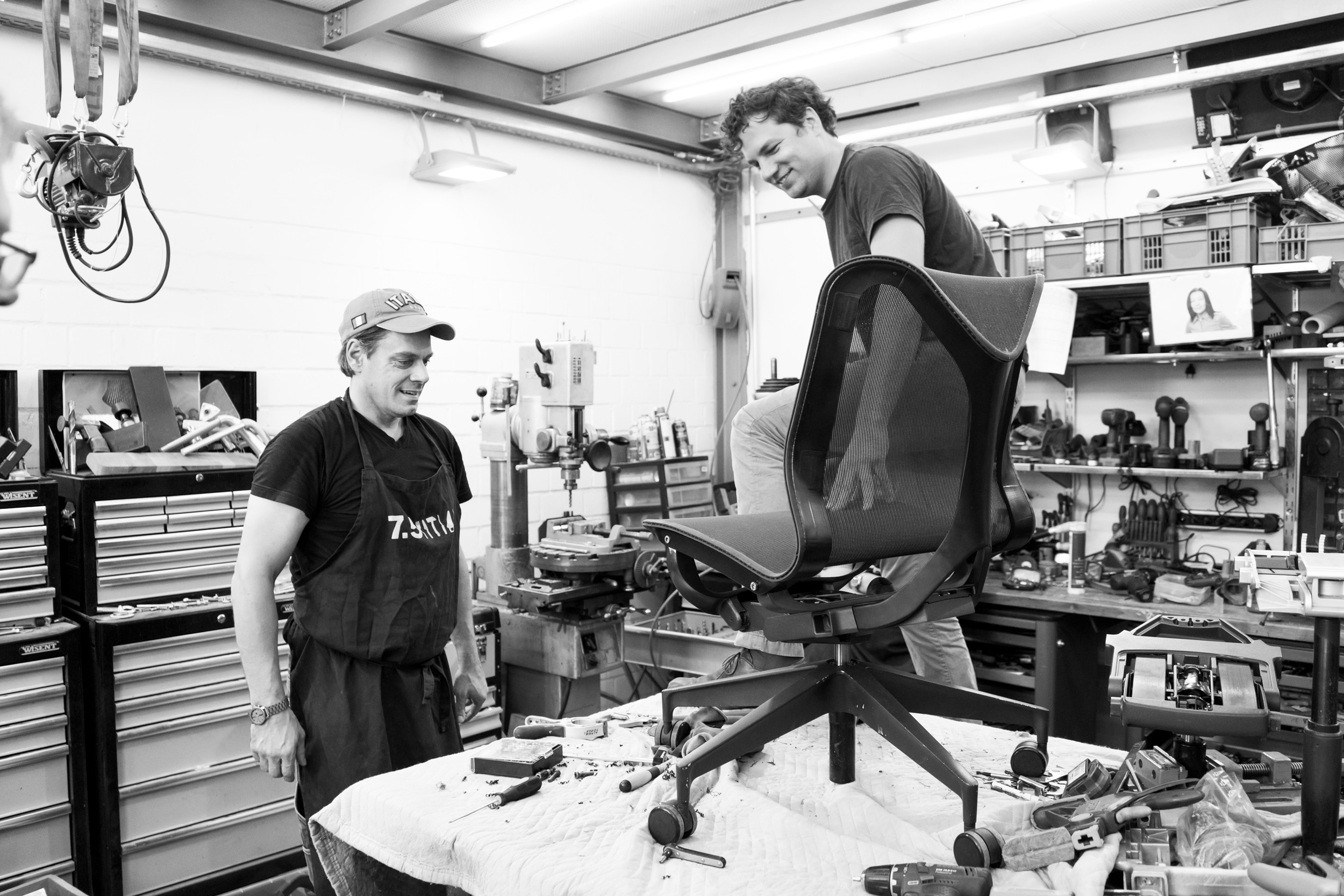about us
As designers we are partially anthropologists. We rely on the precise observation of the human made environment, behavioural patterns and rituals. Studio7.5 is involved in the research and development of products for the way people live and work since 1992. Over the years we worked for clients like Wilkhahn, Rosenthal, Wasa, Daimler, L&C stendal, Bulthaup and HermanMiller.
Our projects include Product, Interface and Communication Design. Common to all projects is the challenge to solve a problem. In this respect our team works in the tradition of the Eames Office, which would probably develop software today.


“Everything has to be as simple as possible, but not simpler.” Albert Einstein
Given the complex task of optimizing form and function you are easily tempted to sacrifice one for the other. We try to embrace the complexity of a product and develop its cultural integration. We believe design is a bridge between technology and culture.
We try not to farm out prototyping or modelling jobs. We consider them being part of the design process. Paper is patient while reality has no mercy. Only designs that have survived the reality check will be proceeded. In this respect most of our best design ideas emerge from the development process itself. To ensure the result will be the best of all possible concepts we generate alternative solutions, verify and optimize them and start the cycle over and over again. Together with our clients we team up to synthesize the expertise for many different areas into a single solution.


As with software we believe that the “look and feel” equally determines the aesthetic quality of a product. Even the best looks will be perceived as deceiving if the feel of the product doesn’t live up to the expectations.
Of all the tools under the belt of a designer geometry is the most powerful. Whether material properties and structural problems the answer can be found in geometry. Whether kinematics or efficient use of materials they are all geometric challenges. A geometry of course that has surpassed the geometric primitives of the Bauhaus. Today increasingly powerful tools help us to control even the most complex products or production methods.
Good taste is accumulated aesthetic prejudice predominant in a culture. Every groundbreaking new design violates these borders. It is not until some years later those violations are incorporated in the rule set of good taste. In this respect a designer should have no taste.


